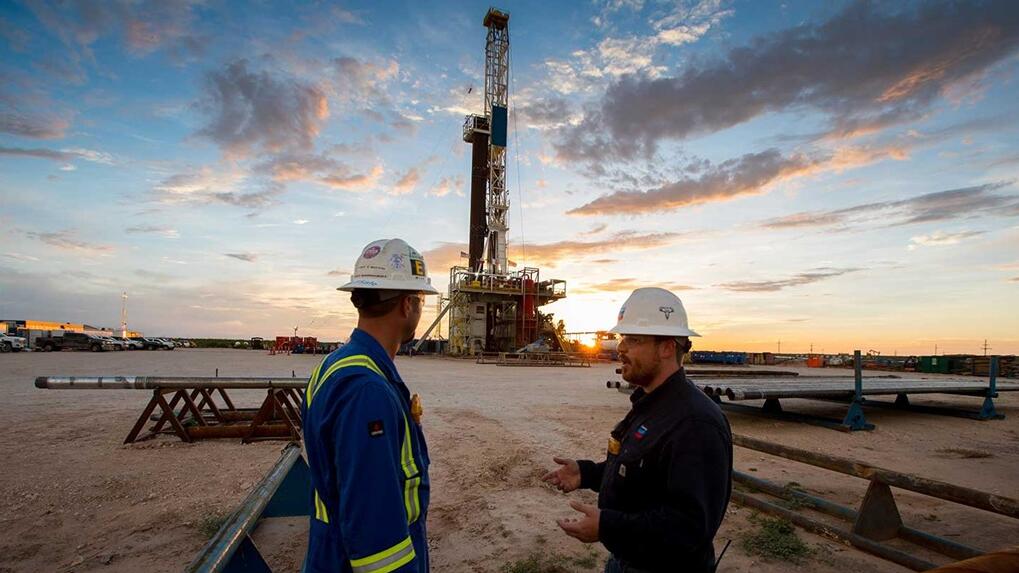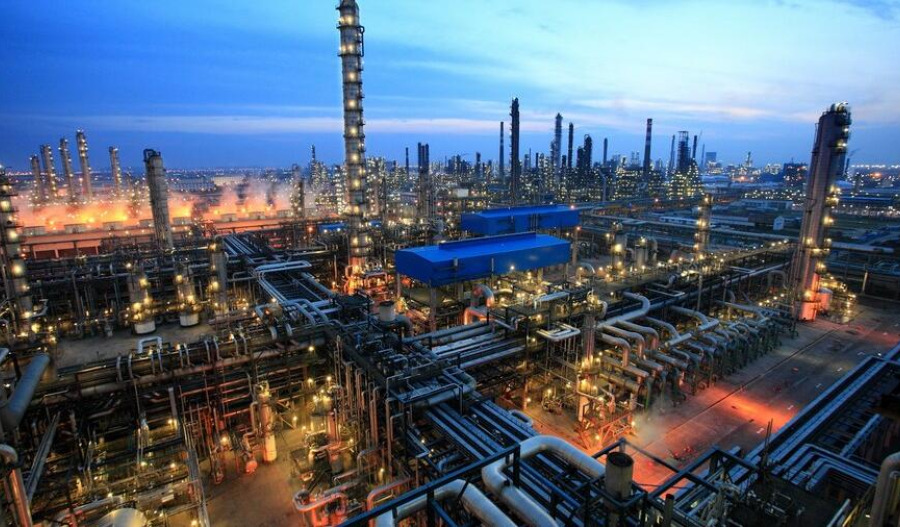Record production volumes propelled ExxonMobil and Chevron past analyst estimates for the third quarter, yet both majors posted double-digit profit declines as depressed crude realisations overwhelmed operational gains.
Adjusted earnings of US$1.88 per share at Exxon beat the $1.83 consensus estimate, while Chevron posted $1.85 per share against expectations of $1.68.
Yet on a GAAP basis, net income fell 12% YoY to $7.5 billion at Exxon, while Chevron's dropped 21% to $3.5 billion.
That's because benchmark crude averaged $69/bbl in Q3, down 14% from $80 a year earlier, as OPEC+ systematically unwound voluntary curtailments and global inventories surged to four-year highs.
The Q3 price slump itself stems from rising global crude stocks and OPEC+ easing curtailments sooner than expected, according to Deloitte, with the group announcing a 137,000 bpd quota increase for October.
Volume and costs offset weak profit margins
Record quarterly throughput in both Guyana (over 700,000 bop/d) and the Permian Basin (nearly 1.7 mmboe/d) pushed Exxon's total output to 4.8 mmboe/d.
At Chevron, production topped 4.1 mmboe/d - 21% higher than the prior year - driven by the company's $55 billion Hess acquisition and organic volumes.
Adjusted free cash flow surged over 50% to $7 billion despite a 28% decline in upstream profits.
Yet an immediate scale from the Hess integration came at a cost to Chevron's efficiency metrics as return on capital employed fell 25.7% YoY to 7.6%, while the net debt ratio climbed from 10.4% to 15.1%.
Overall operating expenses increased 15% YoY to $9.1 billion, outpacing inflation and volume growth.
"If you go back in time and look at all the quarters since Exxon Mobil merged in a similar price environment, this is the highest earnings per share we've ever delivered," CEO Darren Woods told CNBC, adding that all new projects must generate double-digit returns.
"Even today at today's prices, we feel really good about the economics, the returns that we're generating," he said.
Structural cost savings since 2019 have reached $14.3 billion at Exxon, well on track to its $18 billion target by 2030 after seeing a boost from Guyana's Yellowtail FPSO being brought online four months ahead of schedule.
In further cost reductions, management claims its execution capabilities now deliver projects 10-20% cheaper and 20% faster than industry averages.
Both companies returned substantial capital to shareholders - $9.4 billion from ExxonMobil and $6 billion from Chevron through dividends and buybacks in the quarter.
However, stock performance diverged between the two - ExxonMobil's declined slightly in pre-market trading despite beating estimates, while shares in Chevron rose 2.5%.
A 4% dividend increase to $1.03 per share at ExxonMobil marked 43 consecutive years of increases, while Chevron's $1.71 quarterly distribution remained unchanged.
Trimmed outlook
Global oil demand growth is projected at 700 kb/d for 2025 and 2026 by the IEA - below historical trends - as transport electrification accelerates.
Adding to the glut, supply is rising 2-3 million bpd annually, led by U.S., Canadian, Brazilian and Guyanese barrels.
As a result, benchmark crude will fall to an average of $62/bbl in Q4 2025 and $52/bbl in 2026 as global inventories continue building, the EIA forecasts.
Spending guidance for 2025 now sits slightly below $27-29 billion at ExxonMobil, while Chevron forecasts $17-17.5 billion in organic capex - both below initial guidance ranges.
Chevron's November 12 Investor Day will detail its outlook to 2030, where management is expected to provide updated free cash flow targets and production guidance following the Hess integration.
An annual corporate plan update scheduled for 9 December will see ExxonMobil outline its long-term capital allocation strategy and project economics.



